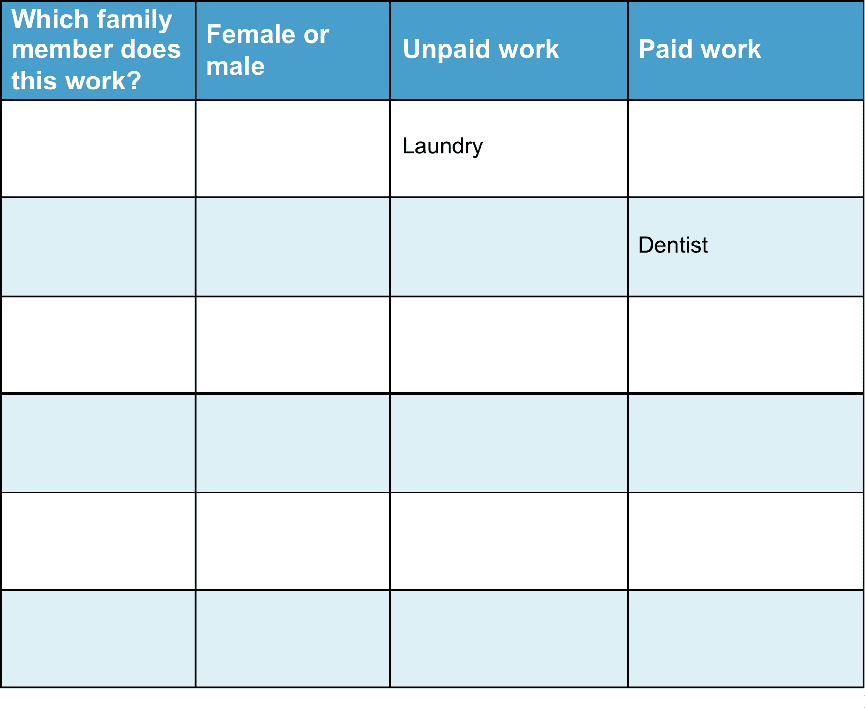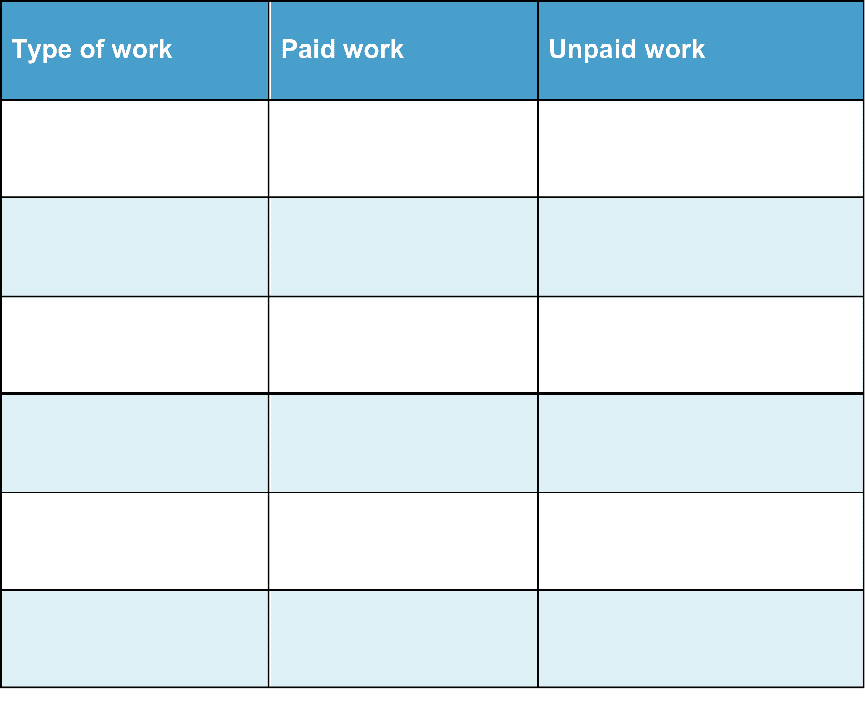How to search the internet
1 Keep your request short
Fewer words will give a more accurate search.
2 Choose exactly what you want
For example: Arctic Circle Climate
3 Use quotes
Double quotes around a set of words tell the search engine to consider those exact words in that exact order without any change. For example: “Arctic Circle Climate”
4 Use the plus sign (+)
If you add a plus sign (+) between words, the internet will search for all the words. For example: migrate+birds+whales+mammal
5 Use the minus sign (–) to say what you don’t want
Use a minus sign (–) to show words you do not want to appear in your results. For example: if you search for burrowing animals and do not want mammals in your search, –mammals will exclude mammals. Note that you need to put a space before the minus sign for the word to be excluded.
6 Be very clear about what you don’t want
Part 1
Ask questions and define problems
After reading What Is Work? you may have many questions about why work is an important part of the lives of families.
List your questions
- Compare your list with questions that others have.
- Choose a question you would like to investigate.
- You can work alone, with a partner, or in a small group.
You may want to choose one or more of these questions to investigate
Q1. In families, there are two kinds of work: paid work and unpaid work. Investigate work in your family (or another family). Who does what work and why? How did your family make these arrangements about work?
Q2. How do people feel about their paid or unpaid work? Do they enjoy working, or do they dislike it? Would they enjoy it more if they were paid? If they could choose, would they stop working?
Q3. What happens in a family when someone loses a job or is unable to work?
Go to Part 2 Investigate →Part 2
Investigate
Helpful websites
You can find the information you are looking for, or do searches on the internet or in books. In some cases, the information will be available through your family or others in the class.
Go to Part 3 Record data →Part 3
Record data
Find a way of recording your information that will allow you to see any patterns in the data.
Data Chart for What Is Work?
 Download Chart
Download Chart
Go to Part 4 Organize, analyze, and interpret data →
Part 4
Organize, analyze, and interpret data
1. Look over the information you have gathered and the patterns you have found.
Are there any differences between who does unpaid work and who does paid work?
Do most people like or dislike their work? Why?
What happens in families where nobody has paid work?
2. Search for other patterns.
3. Makes notes about what you find.
Go to Part 5 Present and share →Part 5
Present and share
Look over all of the information that you have gathered in your investigation.
What are the most important ideas about your topic?
Make a chart showing the most important ideas.
 Download Chart
Download Chart
← Return to menu